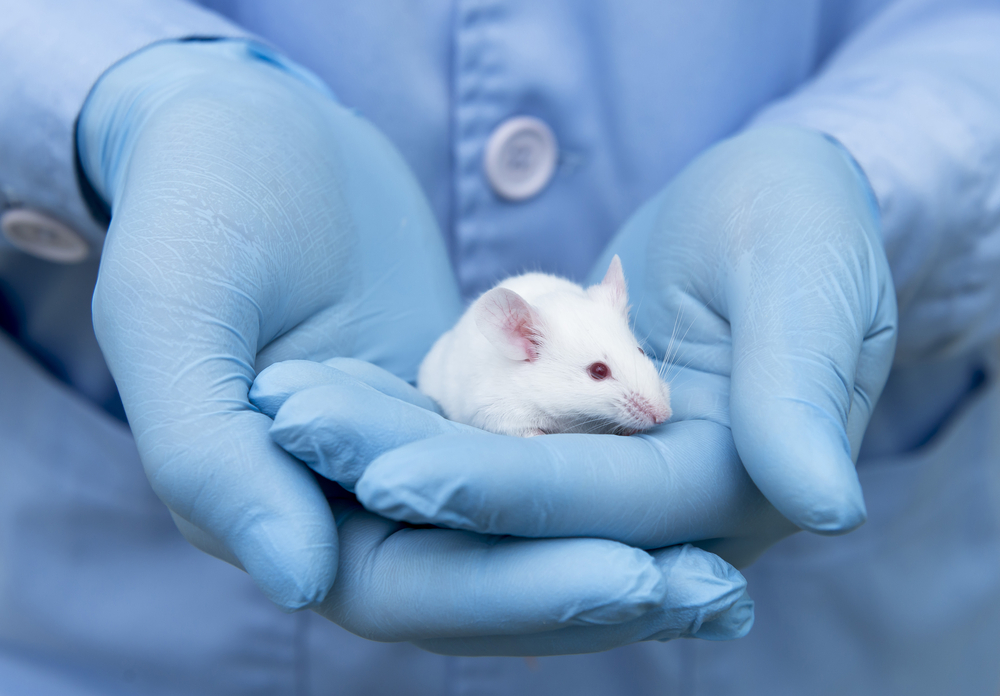Targeting Key Driver of Fibrosis a Potential Therapeutic Strategy for Scleroderma, Mouse Study Suggests

A protein called BAFF, or B-cell activating factor, was found to drive skin and lung fibrosis in systemic scleroderma (SSc) by altering the balance between two subsets of immune B-cells in a mouse model, indicating its potential as a future therapeutic target, a study reports.
Researchers observed that these two sets of B-cells play opposing roles in SSc, with those called Beffs promoting the disease, while those known as Bregs take on a protective role against skin and lung fibrosis.
The study, “BAFF inhibition attenuates fibrosis in scleroderma by modulating the regulatory and effector B cell balance,” was published in the journal Science Advances.
B-cells are key players of the immune system, regulating vital aspects of our body’s defense against pathogens, including the production of antibodies and immune signaling molecules, called cytokines.
B-cells exist as subsets with opposing functions: regulatory B-cells (Bregs) are immunosuppressive, meaning they control the immune response, preventing autoimmunity. Bregs secrete the anti-inflammatory cytokine called interleukin (IL)-10. In turn, another subset of cells called effector B-cells (Beffs) can enhance the immune response via the production of pro-inflammatory cytokines, such as IL-6.
Previous studies have reported an imbalance of B-cells in SSc patients. Specifically, the levels of BAFF — a key cytokine for B-cell activation — are increased in the blood and skin of SSc patients, with its levels correlating with disease severity.
Moreover, B-cells stimulated with BAFF are known to be more prone to produce the pro-inflammatory IL-6.
“IL-6 plays an important role in tissue fibrosis and autoimmunity in the SSc pathogenesis and is thus considered a candidate therapeutic target,” the researchers wrote.
A previous clinical trial testing Genentech’s Actemra (tocilizumab), an inhibitor of the IL-6 receptor, showed that targeting IL-6 signaling led to a clinically significant improvement in skin fibrosis and lung function of SSc patients.
These results indicated that IL-6-producing Beffs may play a critical role in the development of SSc.
Researchers in this study evaluated the role of IL-6-producing Beffs and IL-10-producing Bregs in SSc. To do this, they induced SSc development in a mouse model using bleomycin, a chemotherapy medication.
They found that these mice had increased levels of IL-6 in the blood, as well as a higher number of IL-6-producing Beffs. The levels of IL-10 remained the same as healthy animals used as controls.
Additionally, researchers saw that IL-6-producing Beffs infiltrated the inflamed skin of SSc mice. These Beffs also promoted the secretion of collagen by specialized cells called fibroblasts. Collagen accumulation is what promotes fibrosis.
To investigate the role of each cell type, they generated mice with B-cells unable to produce either IL-6 or IL-10. In mice with B-cells deficient in IL-6, there was less skin and lung fibrosis, whereas mice with IL-10-deficient B-cells had more severe fibrosis.
Researchers then evaluated the potential role of BAFF by using an inhibitor of the BAFF receptor, which they administered to the bleomycin-induced SSc mice.
Four weeks of treatment led to a significant decrease in both skin and lung fibrosis in mice treated with the BAFF inhibitor, compared with controls. The treatment led to a reduction in IL-6–producing Beffs.
These results suggest opposite roles for each cell, with IL-6-producing Beffs promoting SSc, and IL-10-producing Bregs playing a protective role.
Moreover, BAFF contributes to the development of SSc by regulating the production of inflammatory cytokines, supporting BAFF inhibition as “a potential therapeutic strategy for SSc via alteration of the Beff and Breg balance,” the team concluded.






